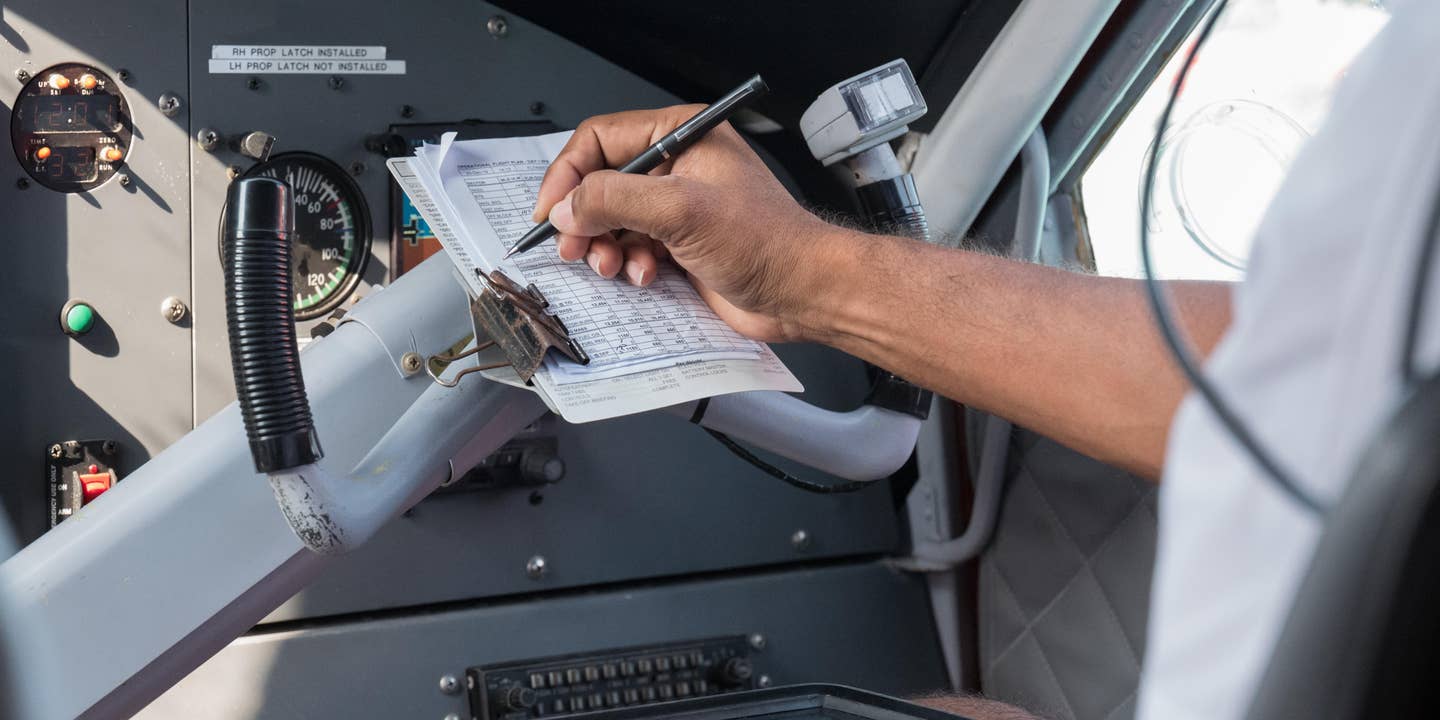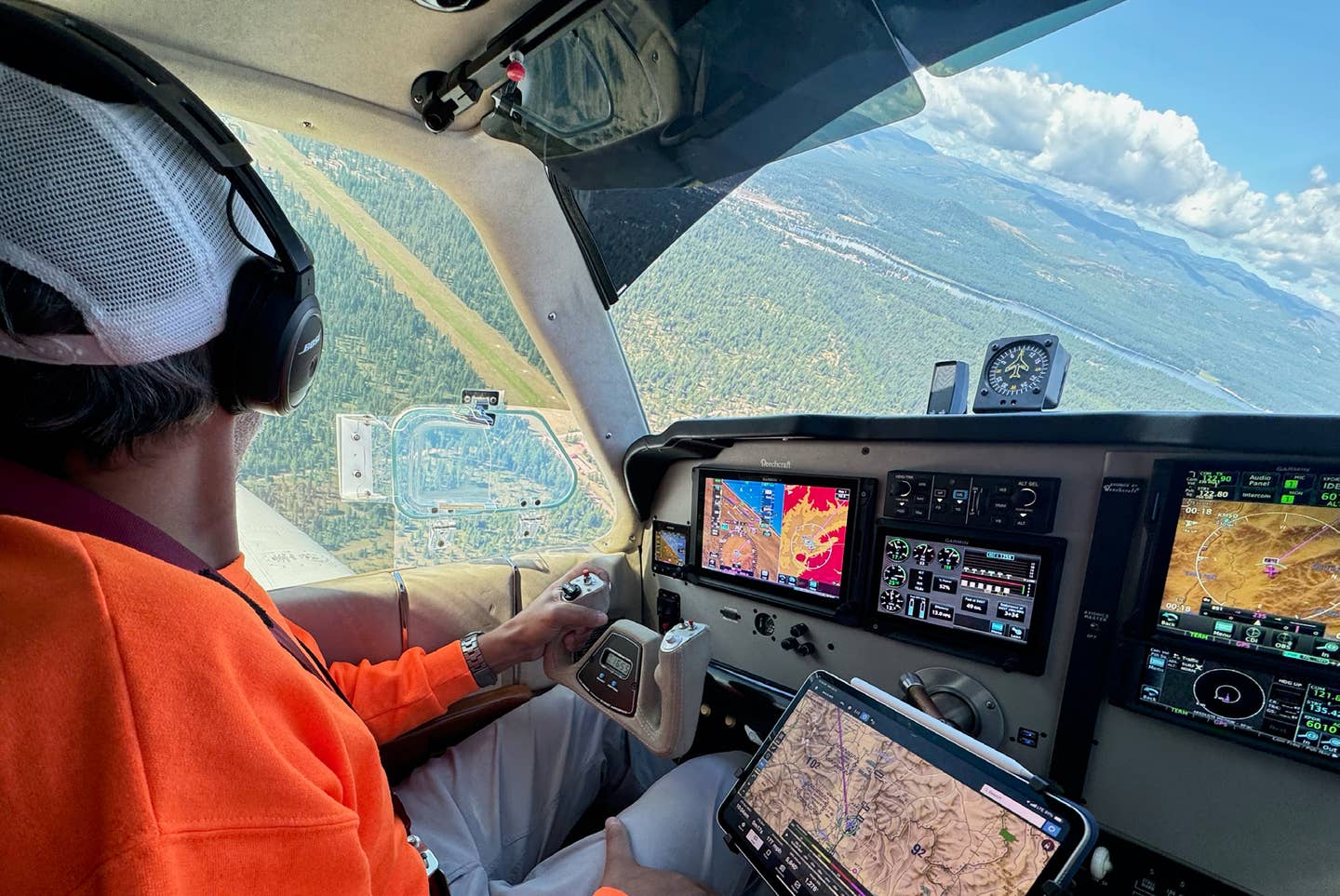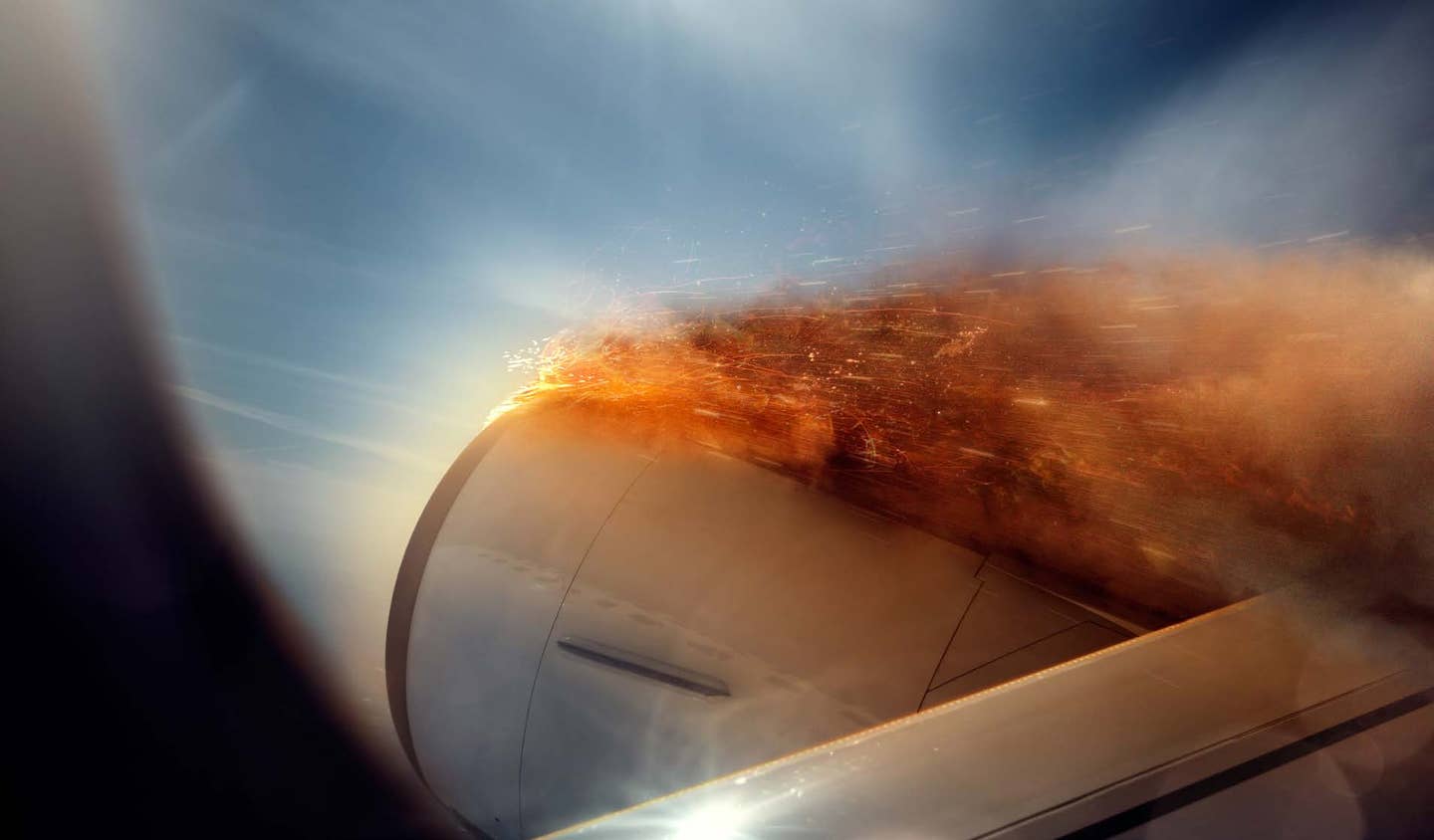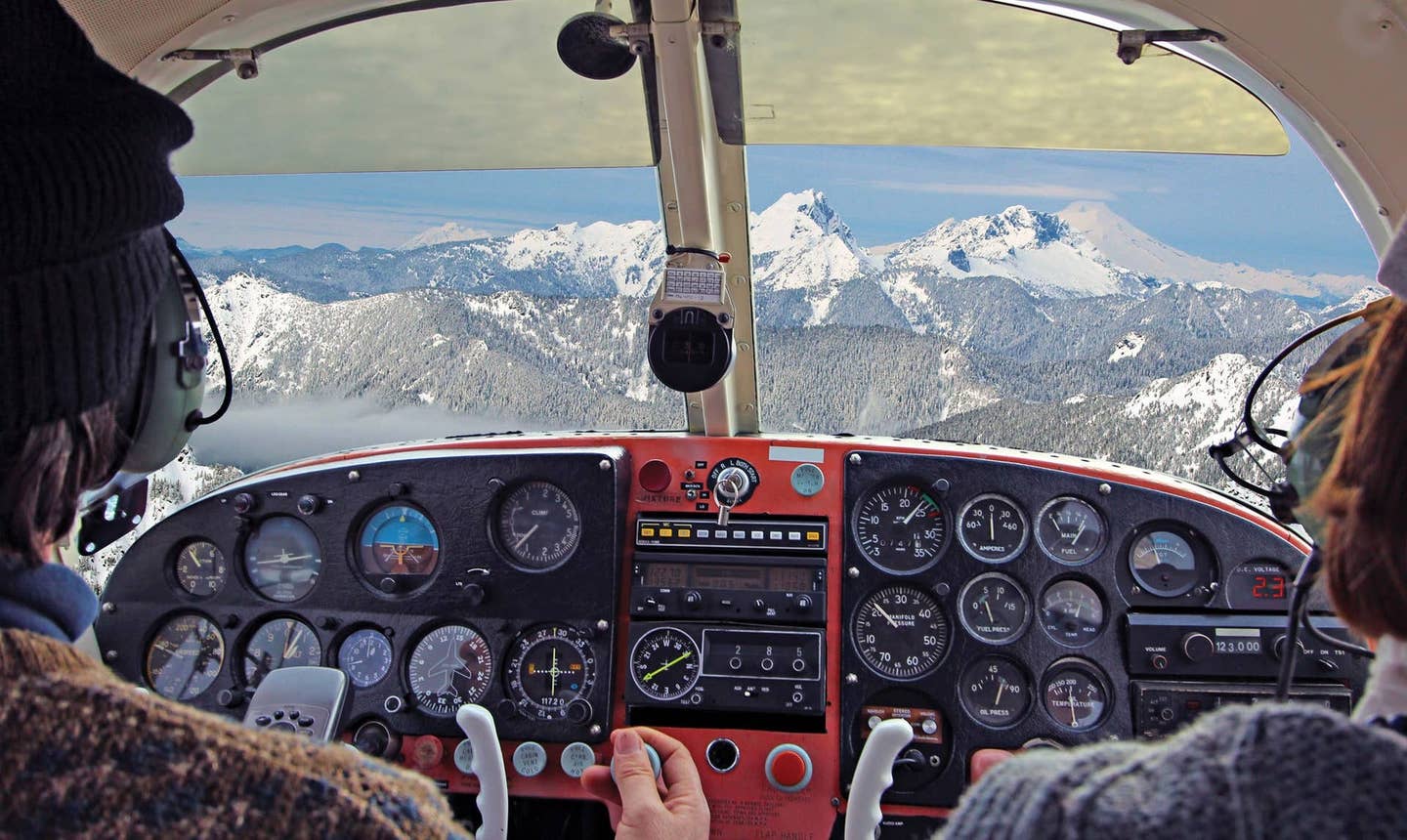The Importance of Embracing Proficiency Culture
Instructors and pilots must train often to avoid mistakes and stay safe.

Remember this warning: Be humble in aviation, or aviation will humble you. [iStock]
You know three takeoffs and landings will restore your currency, but how many does it take to reach proficiency? For most of us the answer is “it takes as many as it takes.” You may realize you have lost proficiency when you scare yourself—maybe it was a bounced landing or a crosswind that made you go around three times or getting scolded by the tower because you didn’t make a proper radio call that rattled your confidence.
If this happens, you may want to consider going up for an hour of dual instruction with a CFI who specializes in the area you had difficulty in—like crosswinds or short field landings.
If you're not already a subscriber, what are you waiting for? Subscribe today to get the issue as soon as it is released in either Print or Digital formats.
Subscribe NowProvided the mistake wasn’t something egregious, resulting in bent metal or broken FARs, go out and practice that particular maneuver on your own—and hold yourself accountable to assigned metrics.
Anatomy of a Proficiency Flight
A proficiency flight should always begin with a pre-brief. If you are on your own, it can be self-talk with “this is what I want to accomplish on this flight; these are the metrics I seek to achieve.” And then hold yourself accountable to those metrics, and if they are not met, determine what changes need to happen to fix the situation.
For example, “I want to land on the first third of the runway with full flaps, but I keep landing long and slightly fast. I need to pay more attention to achieving a stabilized approach. I can do this by calling out my airspeeds on each leg of the pattern as I adjust the configuration of the aircraft.”
If you are flying with a CFI, the pre-brief can be the most important part of the flight. Describe the challenge you had in detail. Saying you “had a bad landing” doesn’t really help because there are so many variables that can result in that. Were you too fast? Behind the airplane?
Was your pattern altitude all over the place? The CFI can’t help you fix it unless we know what it is we’re fixing.
Insist the CFI verbalize the procedure to correct the problem before you get in the airplane. Airplanes are terrible classrooms, and that can add to the frustration. If it’s the pattern and landings that are the issue, for example, try diagramming the pattern on a whiteboard, paying special attention to the required airspeeds, altitude, and aircraft configuration. Using a model aircraft to fly a tabletop pattern while reciting these metrics can also be helpful.
Let the instructor know what you expect of them during the flight. If you want them to be quiet and simply be there as a safety measure just in case things start to go sideways, let them know. If you want the instructor to offer real-time suggestions, say so, and be ready to accept their input.
Are You Knowledge Proficient?
You have to remember so many things as a pilot that it is easy for your knowledge to get a little soft. When was the last time you reviewed something in the FAR/AIM or read a chapter from the Pilot’s Handbook of Aeronautical Knowledge or Airplane Flying Handbook—without it being part of a check ride or flight review?
Just as we make time to fly those takeoffs and landings in excess of the three within 90 days for currency, a good pilot should make the time to review the knowledge required to hold their certificate.
Normalization of Deviance
Pilots sometimes make excuses for soft spots that can result in greater issues known as normalization of deviance, a psychological term for deviation from proper behavior or a rule becoming culturally normalized. In aviation these can be shortcuts or avoidance that pilots rationalize—and they can come back to bite you. We’ve all read those accident reports where the pilot was significantly out of currency, and therefore proficiency, but went ahead with the technically challenging flight with disastrous results.
- READ MORE: Make Flight Reviews for CFIs Worthwhile
Rationalization is dangerous in aviation. For example, some pilots fall into a pattern of avoidance of airspace, flying elaborate zigzag routing because they don’t want to ask for a clearance through controlled airspace. They rationalize it by saying, “I don’t go into Class D airspace because I don’t want to talk to the tower” or “The tower is too busy.” The request to transition the airspace is often a less than 10-second conversation.
Another example is the pilot who avoids nontowered airports because “it is too much work to see and avoid and self-announce at the same time.” This is very limiting, because the majority of airports in the U.S. are nontowered, and that is not likely to change.
Commit to Proficiency: The CFI Perspective
One of the challenges of the normalization of deviance is trying to determine what was lost in translation: Where did the pilot pick up this bad habit? Was it from a CFI? Flying with a buddy? Something they read online? “My instructor told me…” is the aviation version of “they said” and definitely should signal the need to find another source of that information, preferably FAA-approved material such as the FAR/AIM.
When a pilot comes to a CFI seeking a proficiency flight, that doesn’t mean the instructor should look for opportunities to shred them. I say this because I’ve seen very skilled and experienced pilots walk out of a business because of the attitude of the CFI tasked with the proficiency flight. The CFI was almost hostile, as if flying with an already-certificated pilot was beneath them. Granted, the one or two hours of proficiency flying are not as lucrative as teaching an entire certificate or rating, but you’re being paid to teach, and it is adding hours to your logbook.
Listen to what the pilot seeking training wants. It can be very frustrating to the pilot needing dual instruction when paired with a CFI who has their own agenda. The pilot says, “I want to regain my multiengine currency and proficiency,” and the CFI or flight school desk person hears, “I want to get my multiengine rating.”
Study for Proficiency
Online ground schools, such as King Schools, Sporty’s, and Gold Seal to name a few, are also very helpful in maintaining knowledge proficiency. CFIs may find it useful to “test fly them” before being recommended to clients.
Have you ever heard of someone retaking a ground school for the sake of proficiency? I have and I applaud them for it. In one of the face-to-face courses I taught, there was a father who held a CFI certificate in the class because he wanted to teach his children to fly. But it had been so long since he exercised the privileges of his certificate, he wanted the refresher. He was an airline pilot and had been taking online flight instructor refresher clinics to keep his CFI active but realized that wasn’t enough to maintain his teaching proficiency.
It is incumbent on all instructors and pilots to embrace a culture that encourages proficiency training. Remember this warning: Be humble in aviation, or aviation will humble you.
This column first appeared in the May 2024/Issue 948 of FLYING’s print edition.

Sign-up for newsletters & special offers!
Get the latest FLYING stories & special offers delivered directly to your inbox







